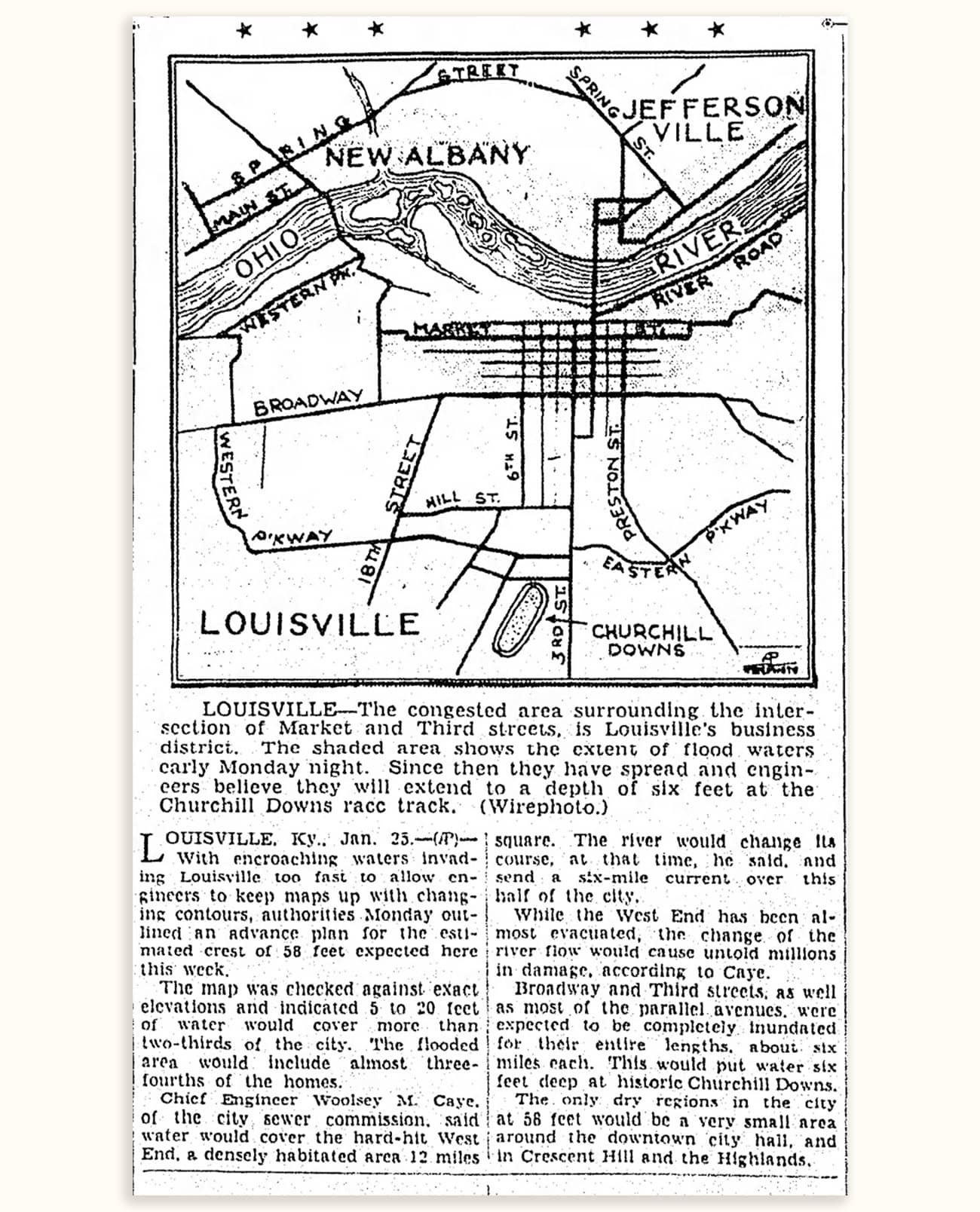[April 11, 1937, The Cincinnati Inquirer clip “Sprucing Up for the Kentucky Derby”]
While the rest of Louisville was still in chaos and would be for months, everyone knew how important it would be for the race to go off as planned. Neville Miller, Mayor of Louisville at the time of the great flood, said:
“Louisville has just gone through the worst flood in its history, but it will take many times more than that to in any way keep the Kentucky Derby scheduled for May 8 from being the best in Derby history. The water has departed. We are now cleaning up and we are going to show our visitors the old hospitality, the real Kentucky Derby spirit, is still here and we shall be prepared to take care of them in splendid style.”
The Associated Press was equally poetic, reporting, “Historic Churchill Downs whose spire-topped plant jutted up forlornly from flood waters less than three months ago shone in fresh spring colors today for the opening of 19 days of thoroughbred horse racing.” On May 7th, another columnist wrote, “Churchill Downs will typify the amazing recuperative powers of the American people. Fine clothes, fine thoroughbreds, instead of drenched rags and bread lines.” Louisville was counting on the Kentucky Derby to be a beacon in what had been a very dark Spring.




















